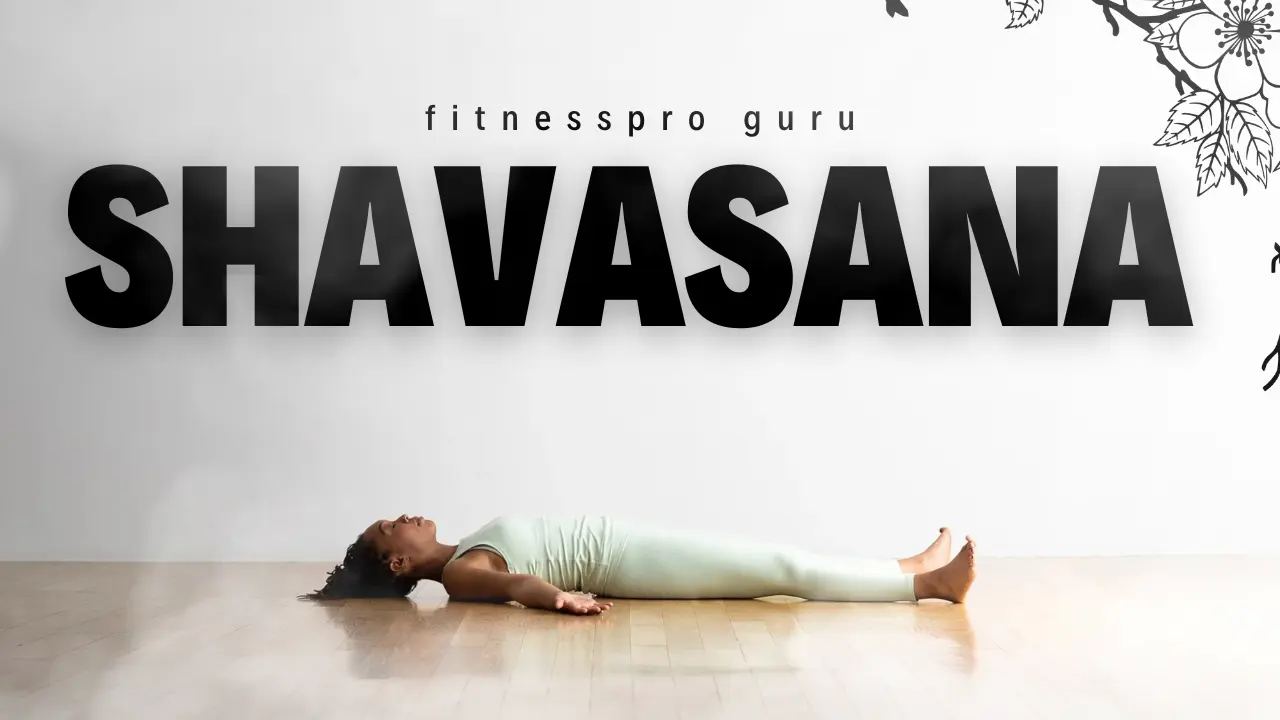Introduction
Padmasana, commonly known as Lotus Pose, is an iconic and revered yoga asana known for its association with meditation and spiritual practices. This seated posture is revered in various ancient traditions, including Hinduism and Buddhism, as it represents a symbol of purity, enlightenment, and tranquillity. Padmasana is not only a physical pose but also a gateway to inner peace and self-discovery. However, mastering this pose requires patience, flexibility, and consistent practice.
The Form of Padmasana
In Padmasana, the legs are crossed in a way that the feet rest on the opposite thighs. The spine is elongated, the shoulders are relaxed, and the hands rest on the knees in a mudra (hand gesture) of choice.
Know about Bhujangasana (Cobra Pose) its benefits and precautions
Practising Padmasana
Padmasana is a challenging pose that may not be accessible to everyone, especially those with tight hips or knee issues. However, with dedication and gradual progression, many practitioners can find comfort and stillness in this posture.
Precautions:
- If you have knee, ankle, or hip injuries or any medical conditions, consult a qualified yoga instructor or healthcare professional before attempting Padmasana.
- Avoid forcing the legs into the pose; progress gradually to prevent strain or injury.
Instructions:
- Starting Position:
- Sit on the floor with your legs extended straight in front of you.
- Place your hands on the floor beside your hips, fingers pointing forward.
- Bend the Right Knee:
- Bend your right knee and bring the right foot towards your left hip crease.
- Rest the right foot on the left thigh, with the sole facing upward.
- Bend the Left Knee:
- Now, bend your left knee and bring the left foot towards your right hip crease.
- Rest the left foot on the right thigh, with the sole facing upward.
- Alignment and Grounding:
- Ensure that your knees are comfortably resting on the floor.
- Keep your spine erect, elongating from the base of the spine to the crown of the head.
- Hand Position:
- Place your hands on your knees in a mudra of your choice, such as Jnana mudra (touching the index finger to the thumb) or Chin mudra (touching the index finger to the thumb with the other fingers extended).
- Relax and Breathe:
- Soften your shoulders and relax your facial muscles.
- Take deep and steady breaths, focusing on each inhale and exhale.
- Gazing Point:
- Keep your eyes closed or direct your gaze gently downward, focusing on your breath or a chosen point.
- Hold the Pose:
- Hold Padmasana for as long as comfortable, gradually increasing the duration with regular practice.
Modifications:
- If you find it challenging to perform the full Lotus Pose, you can practice Ardha Padmasana (Half Lotus Pose) by placing one foot on the opposite thigh and the other foot on the floor.
Tips:
- Warm up your hips and knees before attempting Padmasana. Perform hip-opening poses like Baddha Konasana (Butterfly Pose) and Janu Sirsasana (Head-to-Knee Forward Bend) to prepare the body.
- Use props like yoga blocks or folded blankets under the knees if you experience discomfort in the pose.
Benifits of padmasana
“Understanding Acid Rain: Causes, Effects, and Sustainable Solutions”
Padmasana, also known as Lotus Pose, is a revered yoga asana that offers a wide range of physical, mental, and spiritual benefits. This iconic seated posture is associated with meditation, pranayama (breath control), and spiritual practices. Regular practice of Padmasana can have profound effects on the mind and body. Here are the key benefits:
1. Meditation and Mindfulness: Padmasana is one of the most stable and comfortable poses for meditation. It promotes a sense of calmness and helps to quiet the mind, making it easier to attain a state of mindfulness.
2. Improved Posture: Sitting in Padmasana requires an elongated spine and an engaged core. Regular practice can help improve overall posture and alignment.
3. Flexibility in Hips and Knees: Padmasana involves deep stretching of the hips and knees. The consistent practice gradually increases flexibility in these areas.
4. Stimulates Energy Flow: According to yoga philosophy, Padmasana activates the root chakra (Muladhara) and the sacral chakra (Swadhisthana), helping to balance and harmonize the flow of energy in the body.
5. Eases Menstrual Discomfort: Padmasana is believed to be beneficial for women during menstruation, as it can help alleviate menstrual discomfort.
6. Relieves Joint Stiffness: Regular practice of Padmasana can help relieve stiffness and tension in the ankles and knees.
7. Improved Digestion: The seated posture in Lotus Pose aids in stimulating the digestive organs, promoting healthy digestion.
8. Enhanced Blood Circulation: The position of the legs in Lotus Pose allows for improved blood circulation in the lower abdomen and pelvis.
9. Calms the Nervous System: The stillness of the body and focused breath in Padmasana help calm the nervous system, reducing stress and anxiety.
10. Spiritual Connection: As a traditional and symbolic pose, Padmasana is associated with spiritual awakening, self-realization, and the search for higher consciousness.
11. Balances Energy Channels: Practicing Padmasana is believed to balance the flow of energy through the nadis (energy channels) in the body.
12. Regulates Blood Pressure: The relaxed and meditative state in Padmasana may help lower blood pressure and reduce hypertension.
13. Promotes Inner Peace: Padmasana encourages introspection and self-awareness, fostering a sense of inner peace and harmony.
14. Strengthened Pelvic Floor: Regular practice of Padmasana engages and strengthens the pelvic floor muscles, benefiting urinary and reproductive health.
15. Encourages Stillness of Mind: The centred and balanced nature of Padmasana encourages a quiet and still mind, facilitating inner focus and self-discovery.



Conclusion
Padmasana, the Lotus Pose, is much more than just a seated yoga posture; it is a gateway to spiritual growth, inner tranquillity, and self-realization. By regular practice of Lotus Pose, one can experience the physical benefits of increased flexibility and improved posture, as well as the mental and spiritual benefits of enhanced mindfulness and a deeper connection to the self. Incorporate Padmasana into your yoga practice to experience the profound and transformative effects this iconic pose can bring to your mind, body, and spirit. Remember to practice with patience and gentleness, honouring your body’s limitations and progressing at your own pace. With time and dedication, Padmasana can become a meditative and enlightening aspect of your yoga journey.





